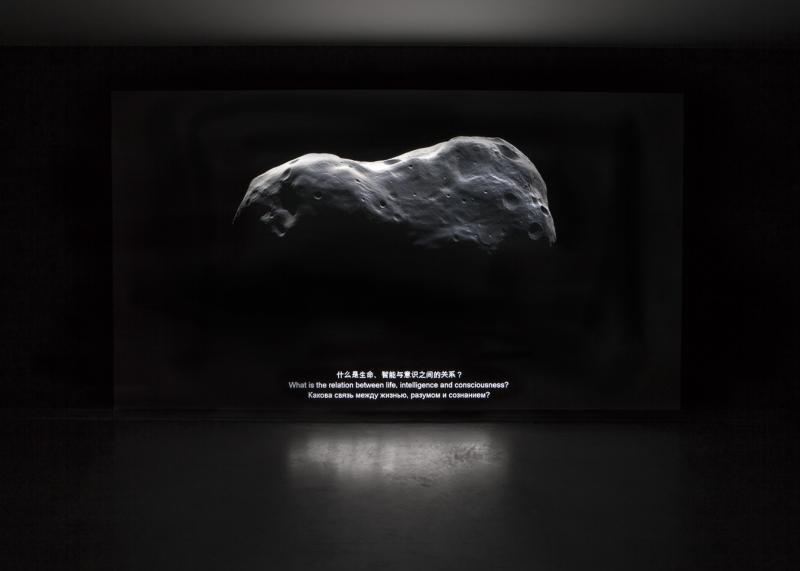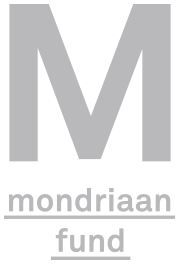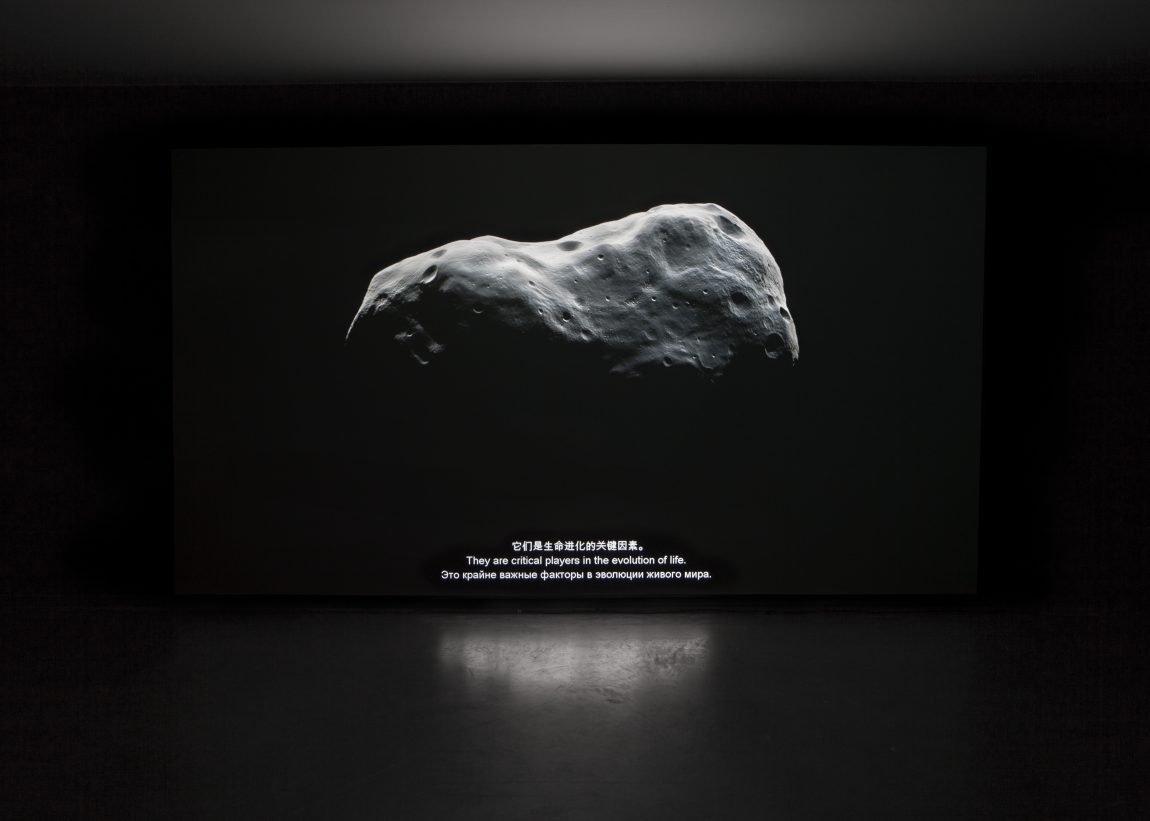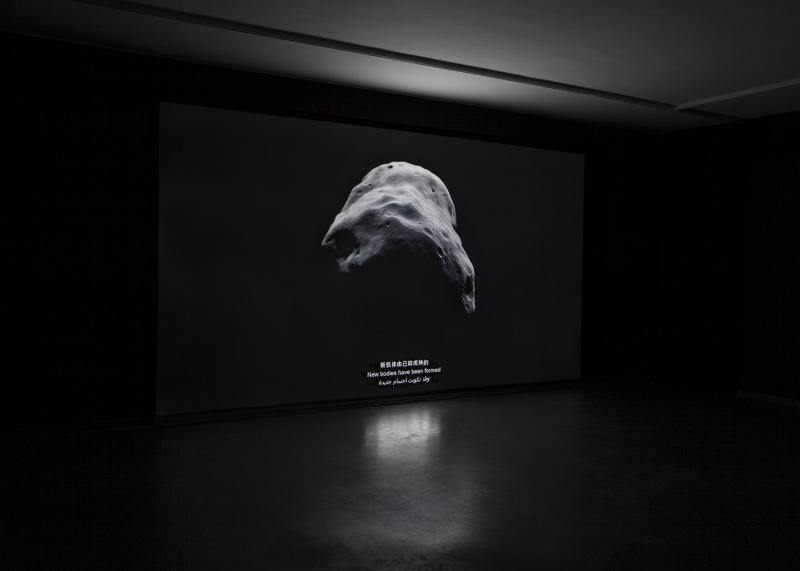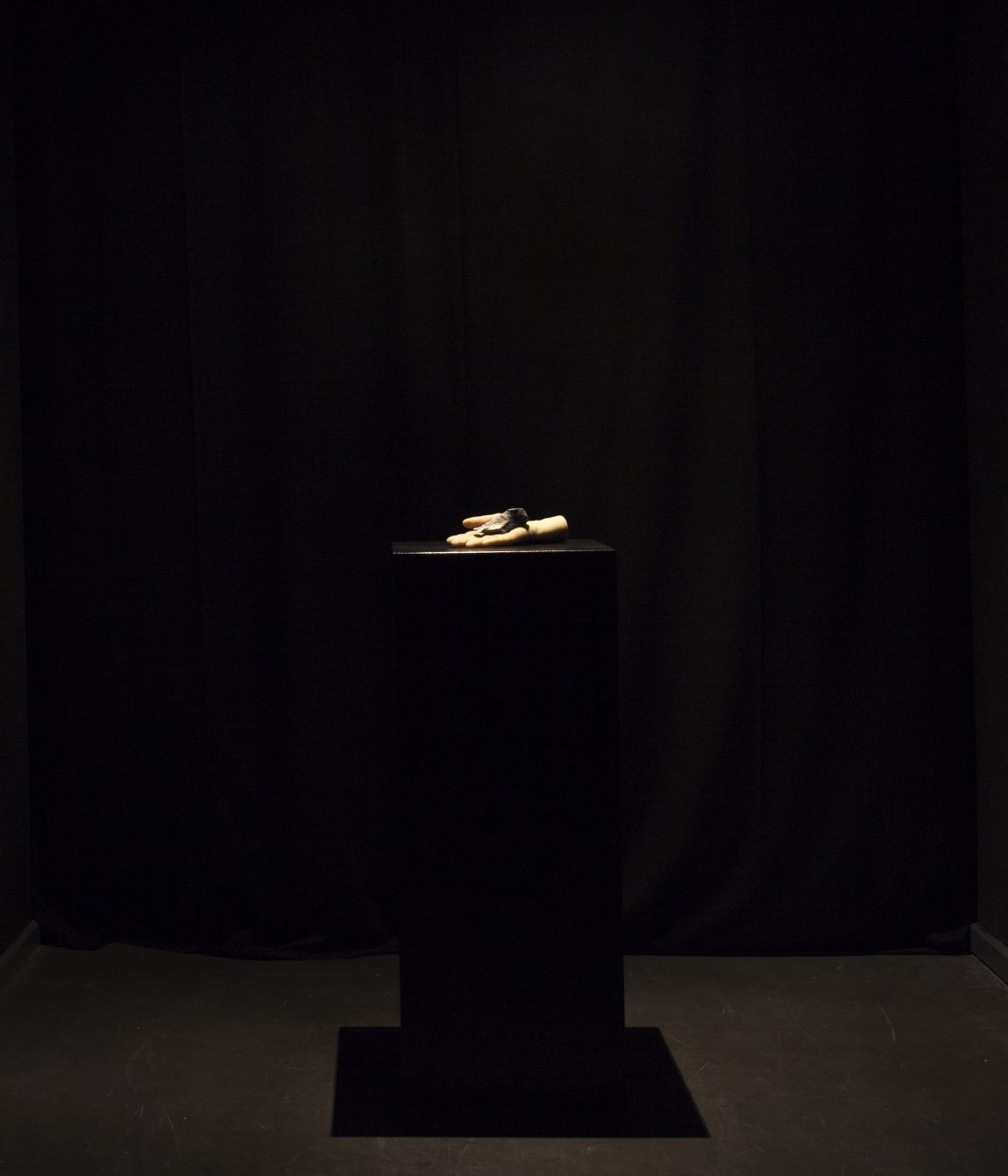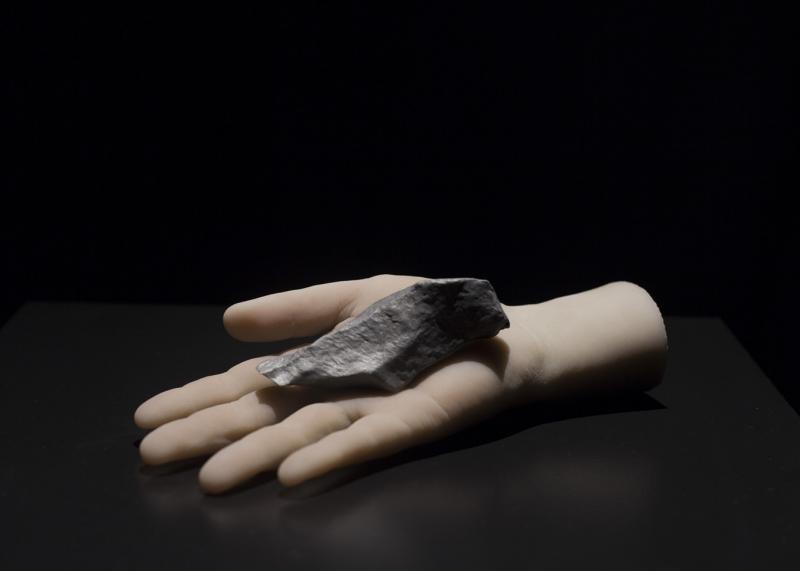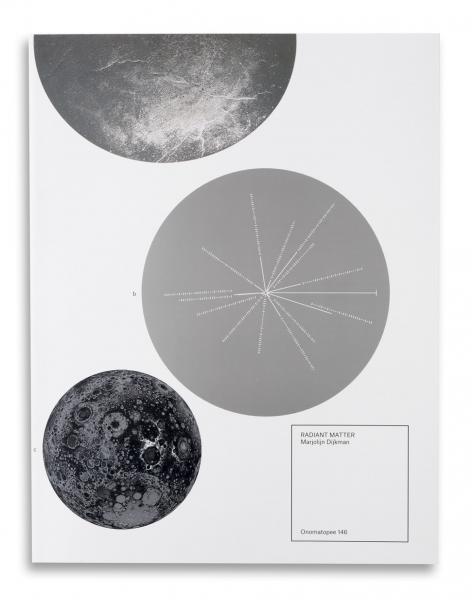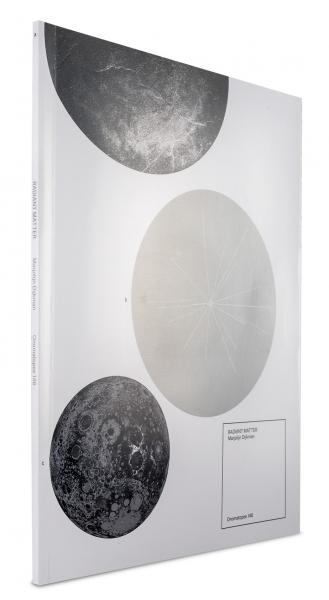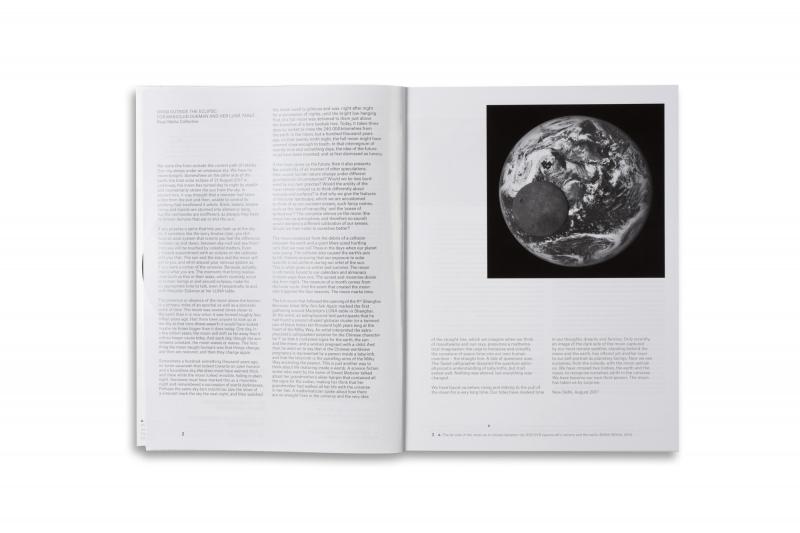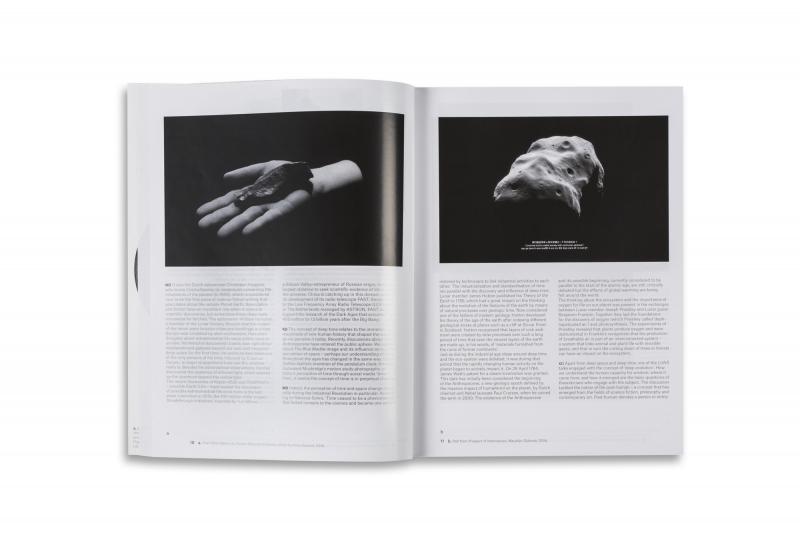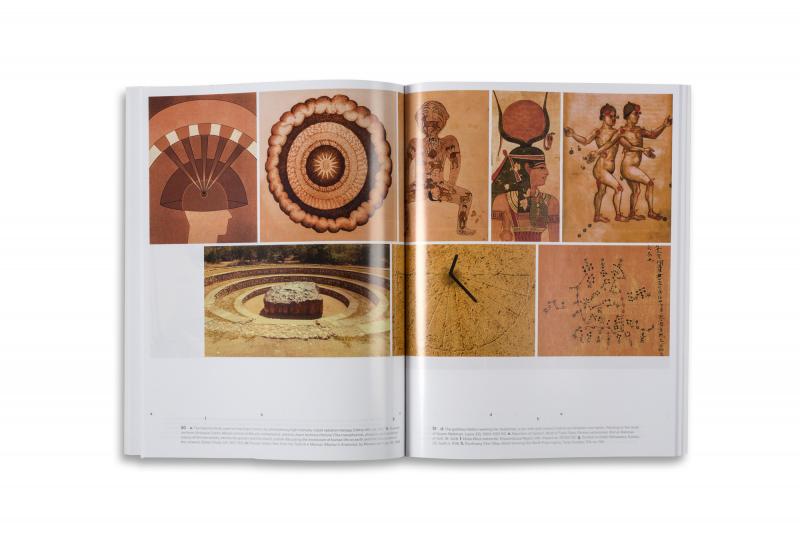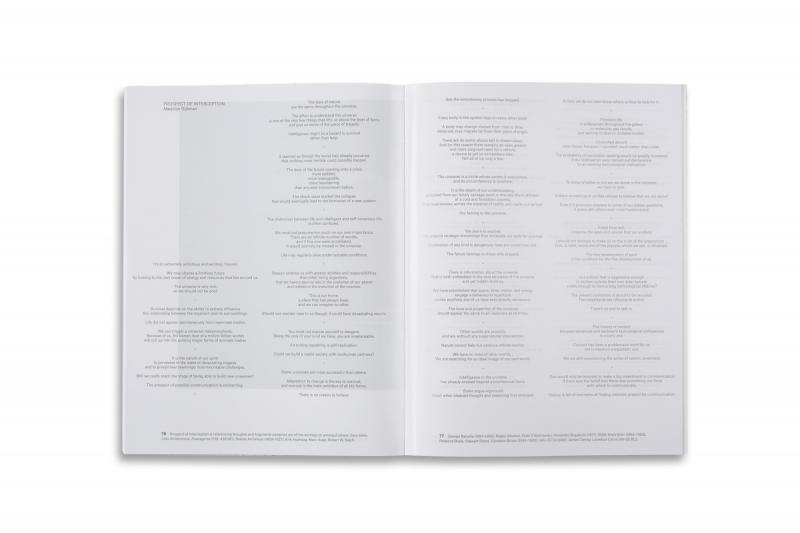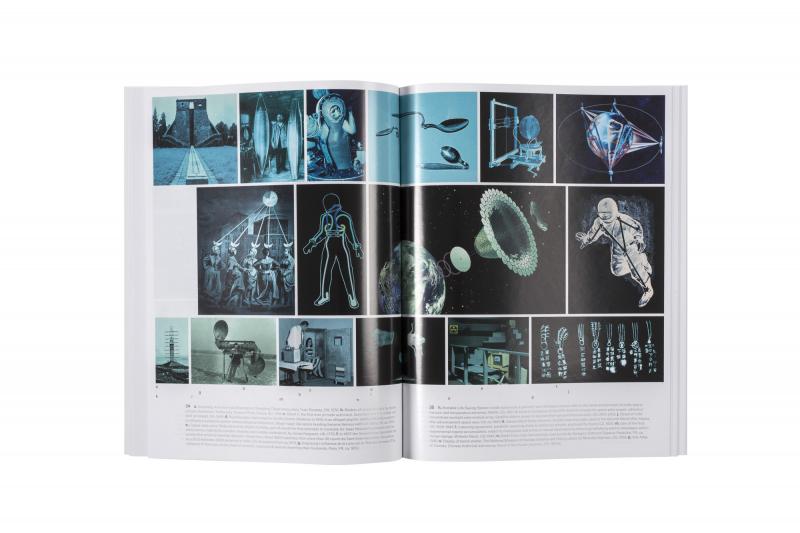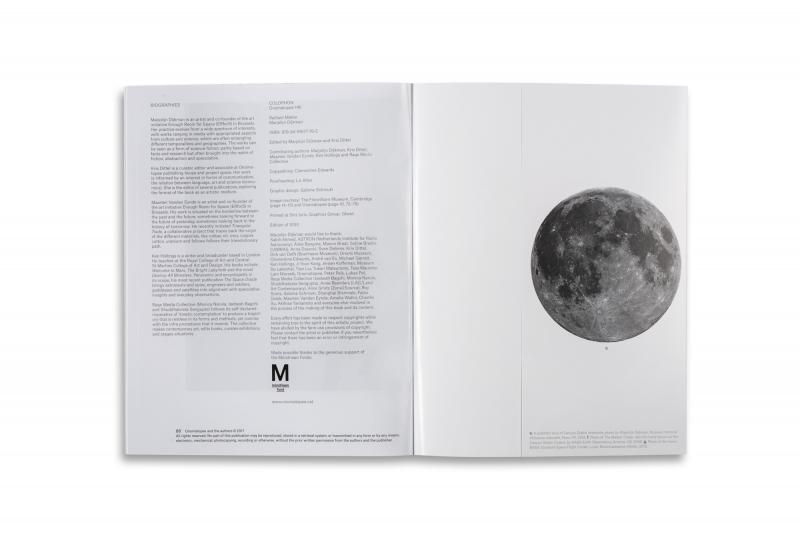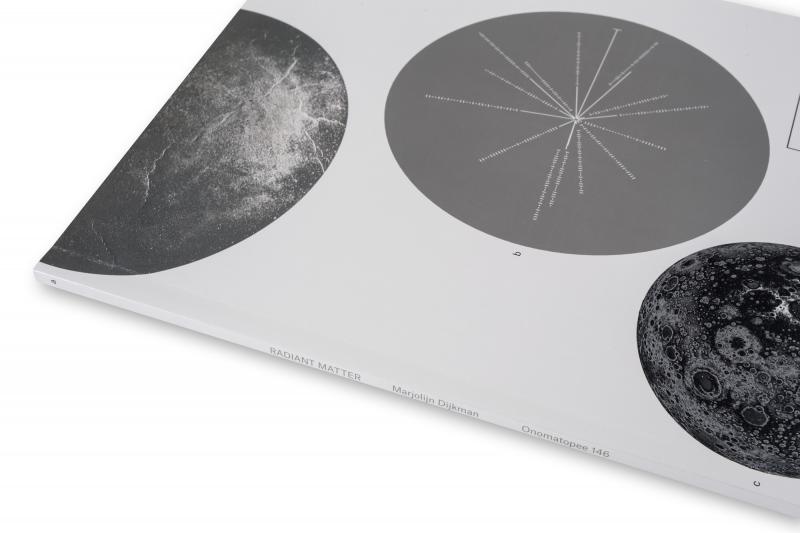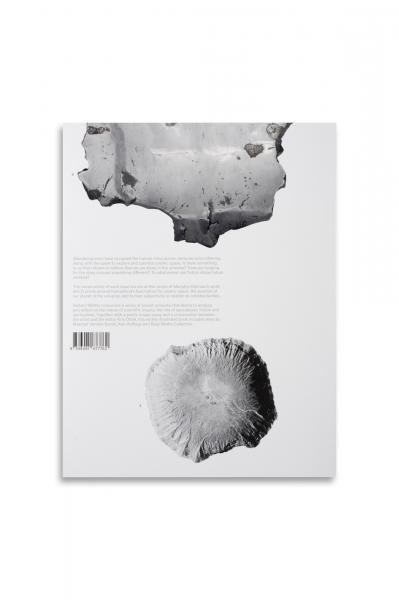That What Makes Us Human is a solo project by Marjolijn Dijkman and the European premiere of her new film, Prospect of Interception, produced for the 11th Shanghai Biennale.
Even though when we look into outer space what we see are light sources, carriers of traces from the past, we associate outer space with the future. For instance in astrology, the movement of celestial bodies are believed to have an influence on the future development of life on earth, and throughout history flyby comets and falling stars are believed to have brought respectively disaster or opportunity.
This projection screen of human destiny has evolved into the ambition to conquer and colonize cosmic space, escaping possible disastrous developments on Earth. For many ‘visionaries’ the only way for humankind to survive is to expand human territories to the Universe.
In Marjolijn Dijkman’s film an asteroid, which embodies a potential threat for life on Earth, might as well become a prospect for the completion of the human desire to colonize space. The space-fiction animation presents us with the tension between these futuristic scenarios and evokes the human fear, curiosity and the ideological sources of such project. Besides these topics it circumnavigates an ancient fundamental human question: are we alone?
The accompanying multilingual narrative is a collection of quotations from various found sources, including science (astrophysics, cosmology, cognition) to spiritual approaches and historical resources, expressing curiosity and desire of space exploration, going back as far as 1500BC until today. The text is translated into Chinese and English accompanied with five other changing languages (Hindi, Arabic, Russian, Japanese and Spanish), all largely spoken official world languages and relating to countries involved in important space programs, astronomical projects, search for extraterrestrial intelligence and future asteroid mining. These texts often speak in ’the name of humanity’ in a quite conflicted way. The multiple languages enhance the suggestion of a universal voice and in the same time add another layer of complexity in the interpretation.
The object on display That What Makes Us Human is a 1:1 titanium 3D printed reproduction of a Canyon Diablo Meteorite, which fell on Earth 50.000 years ago. The meteorite fits perfectly in a human hand and resembles flint tools that prehistorical Paleolithic humans used around the time of the meteor’s impact. The object, which might been used as a weapon or a tool, signalizes the beginning of an era when human consciousness was evolving, eventually leading up to the development of technological devices that make a similar impact on earth as a meteorite. The titanium copy of the meteorite here rests on a silicone replica of a human hand – in times when humanity is able to create H-bombs, which may release larger forces than an impact of a meteorite. The sculpture is a speculative artefact dedicated to this evolution of technologies, and our quest for cosmic powers.
The work of Marjolijn Dijkman often uses tools of science fiction, taking upon scientific matters and bringing them into the realm of projection and speculation. Ranging from photographic archives and films, to landscape interventions and sculptural works, her practice concerns itself with futurology, history, museology, human geography and ecology. Her works have been shown in solo and group shows, including in London, Melbourne, Norwich, Birmingham, Bristol, Berkeley, Mexico City, The Hague, Barcelona, Tbilisi and the Marrakech, Mercosul and Sharjah biennales. Parallel to her exhibition at Onomatopee, she is one of the ’terminal artists’ of the 11th Shanghai Biennale.

